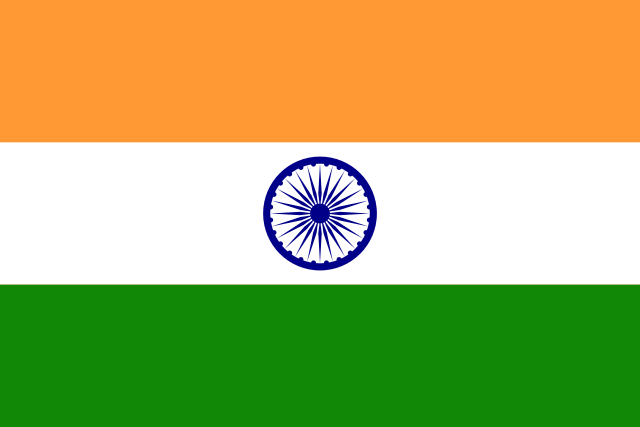The following text is adapted from a quiz I produced for The Globalist Research Center.
Remittances are cash payments that foreign workers transfer to their families or others back in their country of origin.
India received a total of $70 billion in remittances in 2013 from its overseas workers, according to the World Bank. While this amount represents just 3.7% of the country’s GDP, India is the largest recipient country of remittances worldwide when measured by the total amount of transfers.
An estimated 14.2 million Indians were living or working abroad as of 2013 – a greater number than any other country’s emigrant population.
The world’s largest source-country for remittances is the United States, whose $123 billion in 2013 accounted for a fifth of the global total of $577 billion. Almost three-quarters of that — $418 billion — flowed to developing countries.
Remittances from the United States in 2013 exceeded those of the next four countries combined: Saudi Arabia ($42 billion), United Arab Emirates ($28 billion), United Kingdom ($24 billion) and Russia ($23 billion).
Altogether, developing economies received $418 billion in remittances in 2013. By comparison, the amount of official development assistance (or foreign aid) from the OECD countries to the developing world totaled just $134.8 billion in 2013. That’s equal to just a third of remittance flows to developing nations.
It has become easier than ever, with the ubiquity of mobile technologies in the developing world, to send remittances fast and cheaply, even to those without access to banking. Remittances will therefore continue to be a crucial anti-poverty and development tool across the world.



